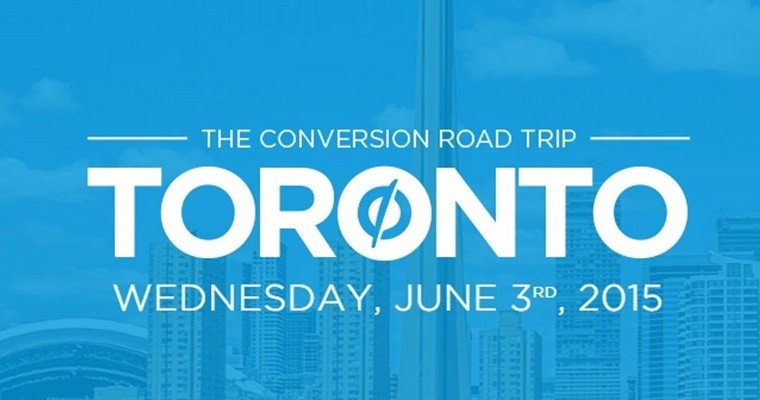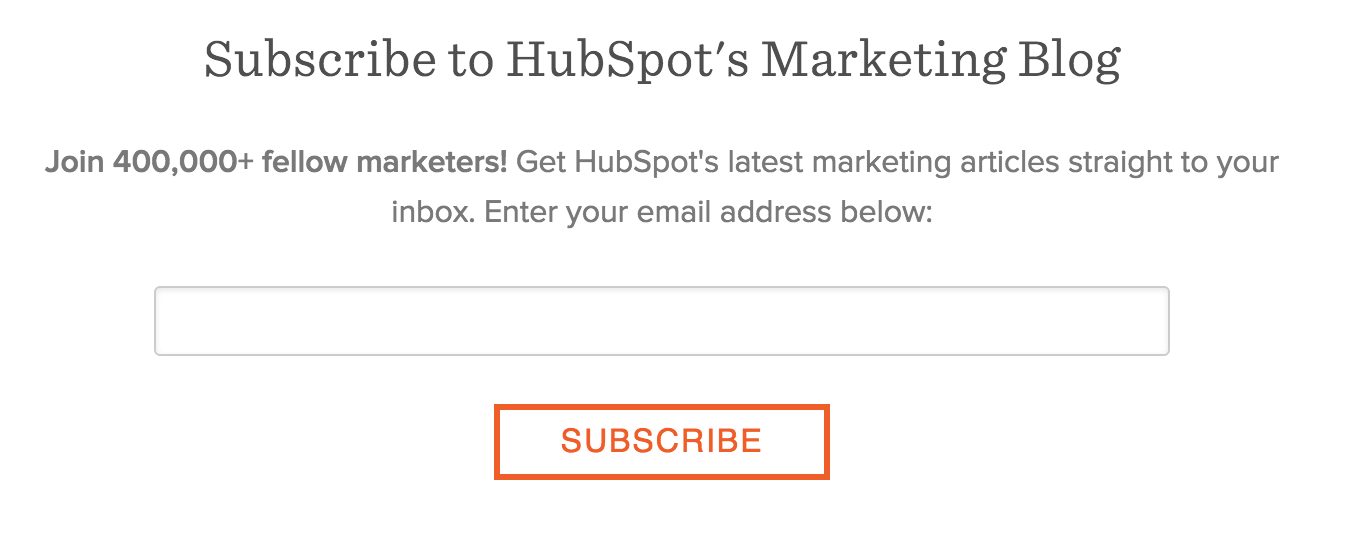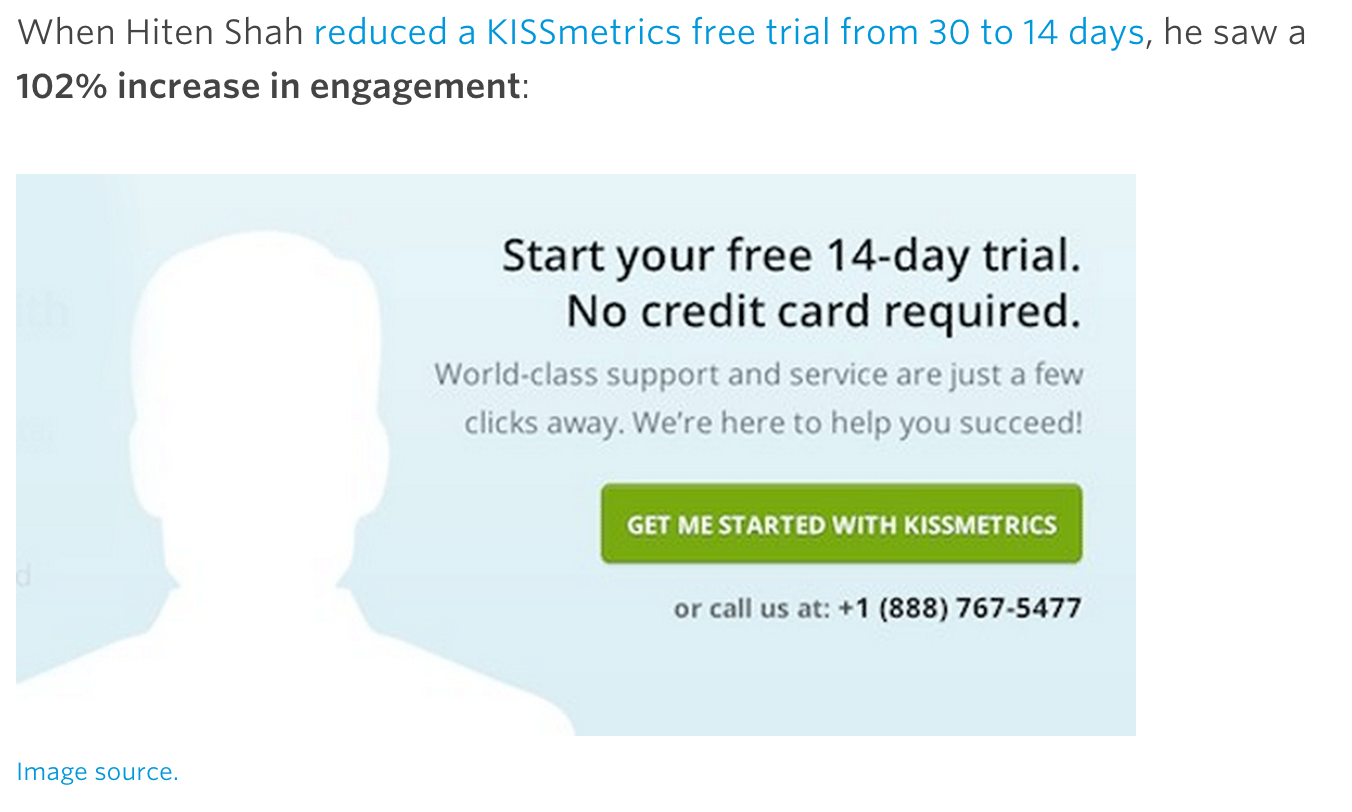
On July 3, 2015 I was lucky enough to attend the Unbounce Conversion Road Trip conference in Toronto. It was an inspiring day full of learning and laughing. I had no expectations going into the conference, but ended up being completely blown away by the organization of the event, quality of speakers and overall atmosphere.
Whether in sales or marketing, there was something for everyone to take away from the event. By the end of the conference, my head was exploding with useful information. I couldn’t wait to start putting what I learned to use.
Here are 3 of my favourite take aways from the Unbounce Conversion Road Trip.
1. Landing Pages
What Are Landing Pages?
Landing pages are one of the most useful ways to collect information from potential leads. Whether you are promoting a new white paper, webinar or upcoming event a landing page is the way to go. Generally, a landing page consists of a 3 elements.
- An offering
- Landing page
- Thank you page
Most people are not going to give up their information for free, so by providing them with a service or downloadable asset you are more likely going to be successful in collecting their contact details. Remember – only ask for the information that is absolutely necessary, such as name, email and company name. Asking too many questions may result in a high bounce rate.
What Makes a Good Landing Page?
A good landing page consists of a number of items including, but not limited to:
- A clear concise title
- An offering
- A form
- A CTA
How to Continuously Improve Your Landing Pages
You should make analytics part of your daily/weekly routine. If you find that you aren’t receiving the response you were hoping for on your landing page, consider making a change and analyze the results. Make one change at a time in order to track what is successful and what can be tossed. Experiment with things like, the title, wording of the CTA and general flow of the content.
2. A/B Testing
What is A/B Testing?
A/B Testing is the process of creating two versions of a webpage with the intent of comparing which version performs better. Layout, CTA button colour and the wording of content such as the title, are all things that can be improved through A/B Testing. Using tools like Google Analytics, can help monitor which version is performing better and why.
How to Continuously Execute A/B Testing
Your web pages can always be improved therefore, A/B Testing is a continuous process. If there are pages on your website that you wish were performing better, consider using A/B Testing to improve them. Keep a detailed record of techniques that worked and didn’t work that you can refer back them in the future.
3. Utilize Social Proof & Scarcity
What is Social Proof & Scarcity?
Visitors to your site want to feel safe knowing that their contact details are protected and they want to feel special. That’s where social proof & scarcity comes in. Social proof is not something that HAS to be done, but is a tactic that has proven to convert. Scarcity is a tactic used to make the visitor feel that they are getting an exclusive offer.
How to Utilize Social Proof & Scarcity?
Here is an example of social proof used by HubSpot:

Instead of just asking the visitor to sign-up for their newsletter, HubSpot uses social proof in their messaging, Join 400,000+ fellow marketers! This reinforces that others have also submitted their information.
Here is an example of scarcity used by KISSmetrics:

People like to feel special and don’t want to be left out. Use scarcity as a tactic to entice others to interact with your content. By shortening the offer period from 30 days to 14 days, KISSmetrics noticed a considerable difference in conversions.
We are constantly searching for ways to improve our marketing strategy. If you have any suggestions, please share them with us on Twitter or Facebook. Want to get great sales and marketing articles delivered straight to your inbox? Signup for our monthly newsletter.
